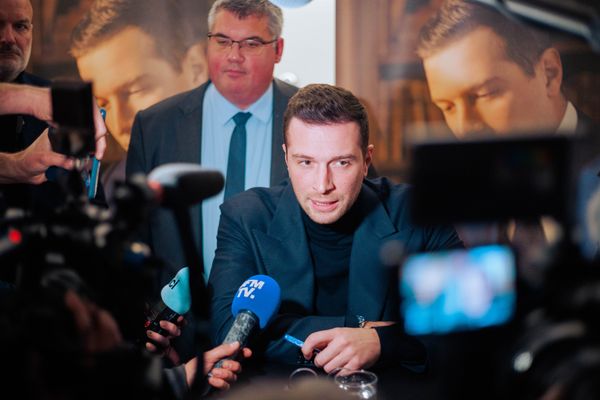
Urgent and emergency care is in a deeper crisis than ever before. Recently, six hospitals put out warnings to patients amid severe and dangerous delays in hospitals, while the South Central ambulance service declared a critical incident. Colleagues in Northern Ireland, Wales and Scotland all report the same reality.
There are hundreds of stories of waits and delays. Patients waiting hours at home for an ambulance or waiting hours to be seen and treated in our emergency departments, and then there are stories of patients waiting hours to be admitted to a bed. The most distressing stories are those of the most vulnerable and elderly.
For patients it can be an unbearably undignified and uncomfortable experience: lying in a corridor without privacy, having to use a bed pan or falling while just trying to get to the loo because there are too few nurses around. But hospital crowding isn’t just a minor inconvenience to dignity – it’s dangerous and puts lives at risk. With too few staff and too little capacity, the risk of patients deteriorating and not being spotted by staff greatly increases.
For staff, this reality is distressing and heartbreaking. This is neither the standard of care we are trained to deliver, nor the quality of care we want to deliver. This is the state of a health service with a shortfall of 10,000 beds and 110,000 staff. In emergency medicine alone we have a shortfall of around 2,500 consultants, and widespread shortages of nurses, middle-grade and supporting staff.
Meanwhile, the vast shortage of carers in the community has a knock-on effect on hospitals, as they cannot safely discharge vulnerable patients who are medically fit to leave. This means beds are occupied for longer, creating a logjam in the entire care system. Emergency departments cannot admit patients, ambulances cannot hand over patients and get back out into the community.
Staff now frequently start their shift with twice as many patients as they have cubicles, all waiting to go up to a ward bed. This shortage of beds, the shortage of staff, the social care crisis mean we end up practising emergency medicine in ambulances in car parks or any other space we can find.
This is our reality – a world of constant apology, compromise, and frustration. A world of risk and worry when we know that long stays lead to patient harm and even death, emergency medicine teams stretched and working in corners and corridors so that patients can be treated, and teams with 10-20% of staff off sick as Covid circulates leaving an understaffed workforce further depleted.
The true barrier to tackling this crisis is political unwillingness. Big problems require big solutions. We need a plan that outlines how it will increase bed capacity and we need a robust, fully funded long term workforce plan. These are the only starting points to tackling the crisis. These would be a beacon of hope to health care workers who are tired of working in these conditions with no light at the end of the tunnel.
Emergency medicine teams will always deliver the best care they can, but they will never accept normalising the unacceptable. The current situation is breaking the workforce and breaking our hearts.
Dr Katherine Henderson is a senior A&E consultant in London and the president of the Royal College of Emergency Medicine, which represents emergency medicine professionals.







